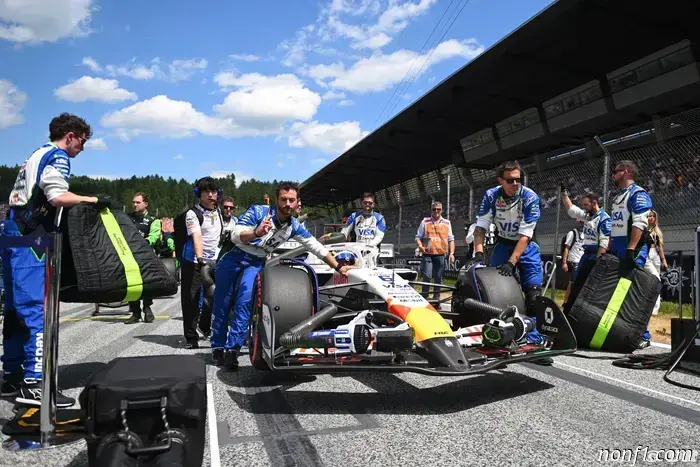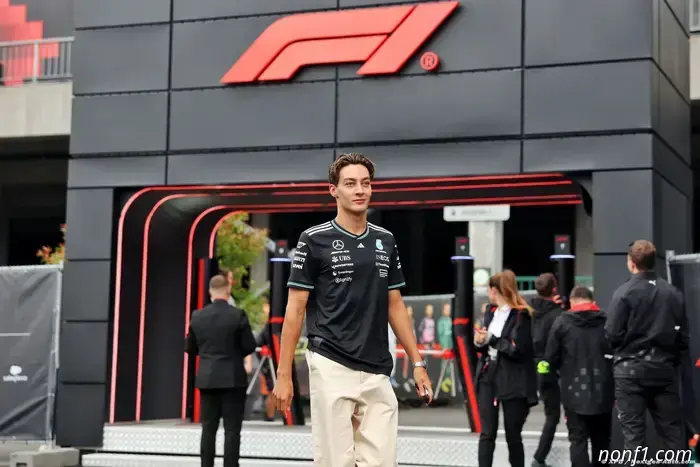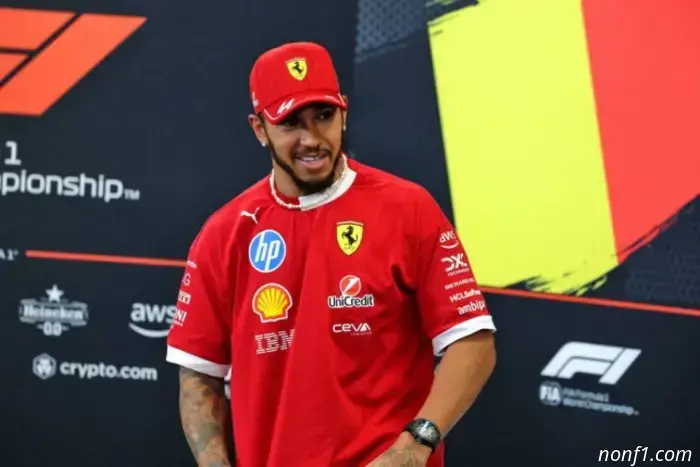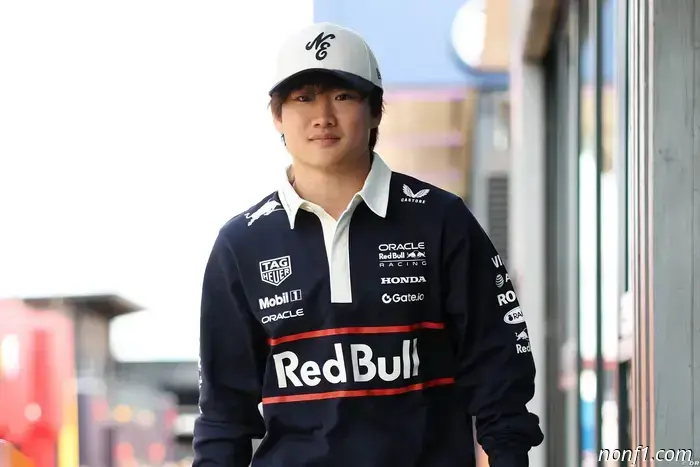
FIA aims to restrict A-B team partnerships with new regulations for 2026.
"There will also be physical separation."
The FIA is gearing up for a regulatory initiative aimed at cracking down on alliances between 'A' and 'B' teams in Formula 1, as worries over competitive equity and inter-team collaboration rise. This could have a direct effect on Red Bull's close association with sister team Racing Bulls.
Speaking prior to the Belgian GP, Nikolas Tombazis, FIA Single-Seater Director, mentioned that measures are being finalized for 2026 to limit excessive cooperation between closely linked teams. "We are working on clarifying how teams, let’s refer to them as A and B teams, function," Tombazis stated. "We will implement measures to prevent those who have a close relationship to the extent of aiding or collaborating with one another."
The topic emerged again during last year's Singapore Grand Prix, when Racing Bulls driver Daniel Ricciardo secured the fastest lap point, benefiting Max Verstappen in the championship by denying it to McLaren’s Lando Norris, leading to outrage from McLaren CEO Zak Brown. "What a fantastic initiative from the A and B teams. I wasn’t aware this was permissible," Brown commented at the time, pointing out the ambiguity surrounding intra-group sporting collaboration.
The FIA’s impending rule alterations won’t prohibit all connections between teams—whether commercial or otherwise—but they will aim to enforce stricter physical and digital separations. "We are establishing regulations on the IT front to ensure the systems are distinct, and there will also be physical separation," Tombazis remarked. "Numerous provisions are already in place; these are stringent conditions that the teams must adhere to."
These changes, set to be implemented as part of the 2026 operational framework, are intended to define what constitutes acceptable collaboration—similar to the relationship between Ferrari and Haas—while ensuring that such ties do not affect on-track performance. "If a team is independent but has commercial relationships, we don’t want that to dictate on-track outcomes," Tombazis noted. "The aim is for teams to adopt different economic models, like Haas."
Haas, which continues to function as an independent constructor while sourcing non-listed parts from Ferrari, has recently solidified its relationship with Toyota. The American team plans to conduct Testing of Previous Cars (TPC) sessions in Japan with Toyota's assistance—a growing partnership that remains within the regulations but is under close observation.
"We are striving to formalize this so that each team can operate independently," Tombazis further explained. "We also want to provide for teams that lack such arrangements, ensuring that those with commercial ties do not gain an unfair edge."
This crackdown comes as Red Bull faces internal changes following the departure of longtime team principal Christian Horner and the appointment of Laurent Mekies—a move seen as consolidating the Verstappen-Marko faction’s control over both Red Bull and Racing Bulls. Any new restrictions on cooperation between linked teams could challenge that structure, potentially complicating Red Bull’s multi-team approach just as it seeks stability ahead of significant changes in regulations in 2026.

Other articles
 Mercedes pair address the fading rumors surrounding Verstappen.
Formula 1 | George Russell and Kimi Antonelli discussed their contract situations on Thursday at Spa, with both drivers conveying assurance that they will continue (...)
Mercedes pair address the fading rumors surrounding Verstappen.
Formula 1 | George Russell and Kimi Antonelli discussed their contract situations on Thursday at Spa, with both drivers conveying assurance that they will continue (...)
 Verstappen remains calm as Red Bull undergoes a reset with Mekies.
Formula 1 | Max Verstappen states that Christian Horner's unexpected firing will not influence his future, emphasizing that Red Bull must now concentrate on performance and looking (…)
Verstappen remains calm as Red Bull undergoes a reset with Mekies.
Formula 1 | Max Verstappen states that Christian Horner's unexpected firing will not influence his future, emphasizing that Red Bull must now concentrate on performance and looking (…)
 Helmut Marco: We will give Meksis some time.
After firing Christian Horner, Red Bull owners invited Laurent Mekies but want him to focus on racing, not politics...
Helmut Marco: We will give Meksis some time.
After firing Christian Horner, Red Bull owners invited Laurent Mekies but want him to focus on racing, not politics...
 Lewis Hamilton doesn't want to repeat Alonso's and Vettel's fate.
Lewis Hamilton stated that he intends to achieve certain changes within the Ferrari organization to avoid repeating the fate of his predecessors, who failed to win the World Championship...
Lewis Hamilton doesn't want to repeat Alonso's and Vettel's fate.
Lewis Hamilton stated that he intends to achieve certain changes within the Ferrari organization to avoid repeating the fate of his predecessors, who failed to win the World Championship...
 Aston's upgrade has come, but the emphasis is already on '26 - Alonso.
Formula 1 | Fernando Alonso comments that Aston Martin's emphasis has significantly turned towards 2026, even as the team introduces what might be its last major upgrade of the (…)
Aston's upgrade has come, but the emphasis is already on '26 - Alonso.
Formula 1 | Fernando Alonso comments that Aston Martin's emphasis has significantly turned towards 2026, even as the team introduces what might be its last major upgrade of the (…)
 Tsunoda faces pressure as Red Bull considers a replacement for '26.
Formula 1 | As Max Verstappen appears more likely to stay at Red Bull in 2026, focus is shifting to his potential teammate - and whether Yuki Tsunoda (…)
Tsunoda faces pressure as Red Bull considers a replacement for '26.
Formula 1 | As Max Verstappen appears more likely to stay at Red Bull in 2026, focus is shifting to his potential teammate - and whether Yuki Tsunoda (…)
FIA aims to restrict A-B team partnerships with new regulations for 2026.
Formula 1 | The FIA is getting ready to impose stricter regulations on 'A' and 'B' team collaborations in Formula 1, as worries increase regarding competitive equity and interactions between teams.
